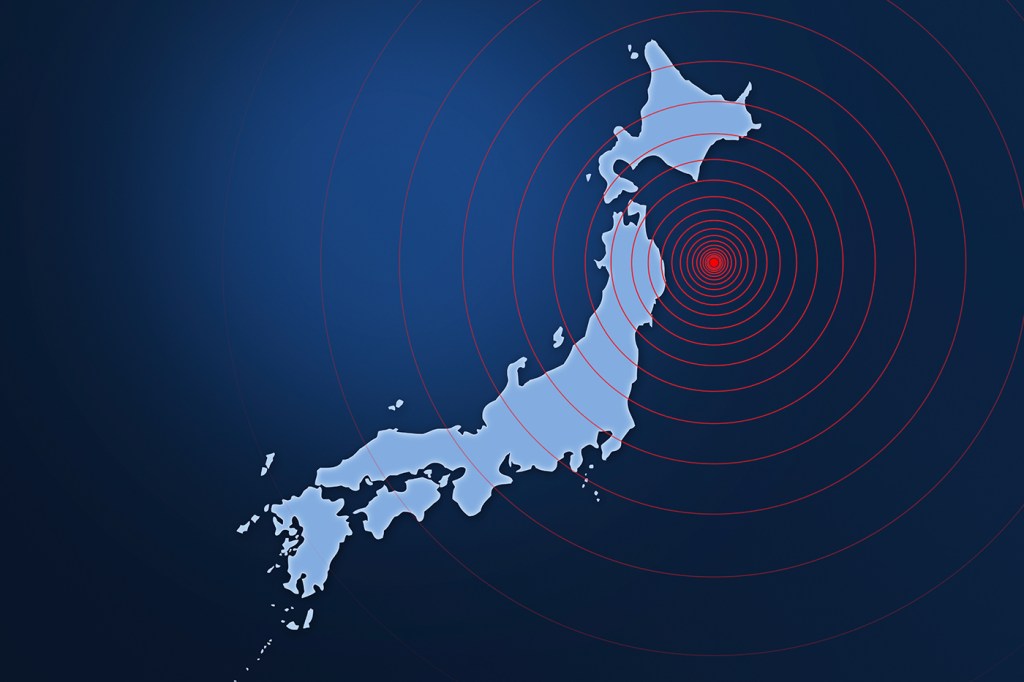Northeastern researcher’s work leads to popular theory bearing his name

Do a Google search for the “latest earthquakes 2015” and you come up with more than 300,000 hits, sites listing quakes from Chile and Turkey to Alaska. What is much tougher to access are the names of those who have made significant contributions to our understanding of those sliding plates. Among those contributors is Northeastern’s own George Adams, College of Engineering Distinguished Professor.
Adams, who is in the Department of Mechanical and Industrial Engineering, identified a phenomenon regarding the behavior of the waves generated when one very flat object slides over another—say, when the Pacific plate encounters the North American plate along California’s San Andreas fault. Seismologists, taken with the clarity the theory brought to their understanding of earthquakes, named it Adams Instability, after its progenitor, George Adams.
“The theory of Adams Instability, in addition to its importance in the basic science of solid mechanics, allows more accurate predictions of the size of areas impacted by earthquakes,” says Hanchen Huang, professor and chair of the Department of Mechanical and Industrial Engineering.

George Adams, College of Engineering Distinguished Professor, developed the theory of Adams Instability . Photo by Mary Knox Merrill/Northeastern University
Adams specializes in the area of applied mechanics, the branch of physical science studying how bodies—either solids or fluids—respond to external forces. He says he developed the theory in “a very roundabout way.” He was investigating the behavior of computer tapes as they were being pulled over a read/write head. He noticed that, intermittently, the thin film of air between the tape and the head collapsed, and the two made contact. During that sliding phase, “a type of instability that had not been recognized before arose,” he says. “I thought, ‘Maybe I can generalize this phenomenon.’”
Putting on his theorist hat, Adams showed that this small disturbance grew bigger and bigger with time and distance. “During an earthquake, all sorts of waves are generated by the plates moving against each other,” he says. “It’s those waves, their instability, that do the damage as they travel.”
More recently, Adams has focused his research on microelectromechanical systems, or MEMS, developing microswitches that may one day replace some semiconductors in cell phones, and nanomechanics—how infinitesimally tiny carbon tubes might be used to build those switches.
“One of the nice parts about applied mechanics is that what I learned 40 years ago can still be used today but for different applications,” Adams says. “I tell my students that what they’re learning today they will still be able to use 30 years from now.”





